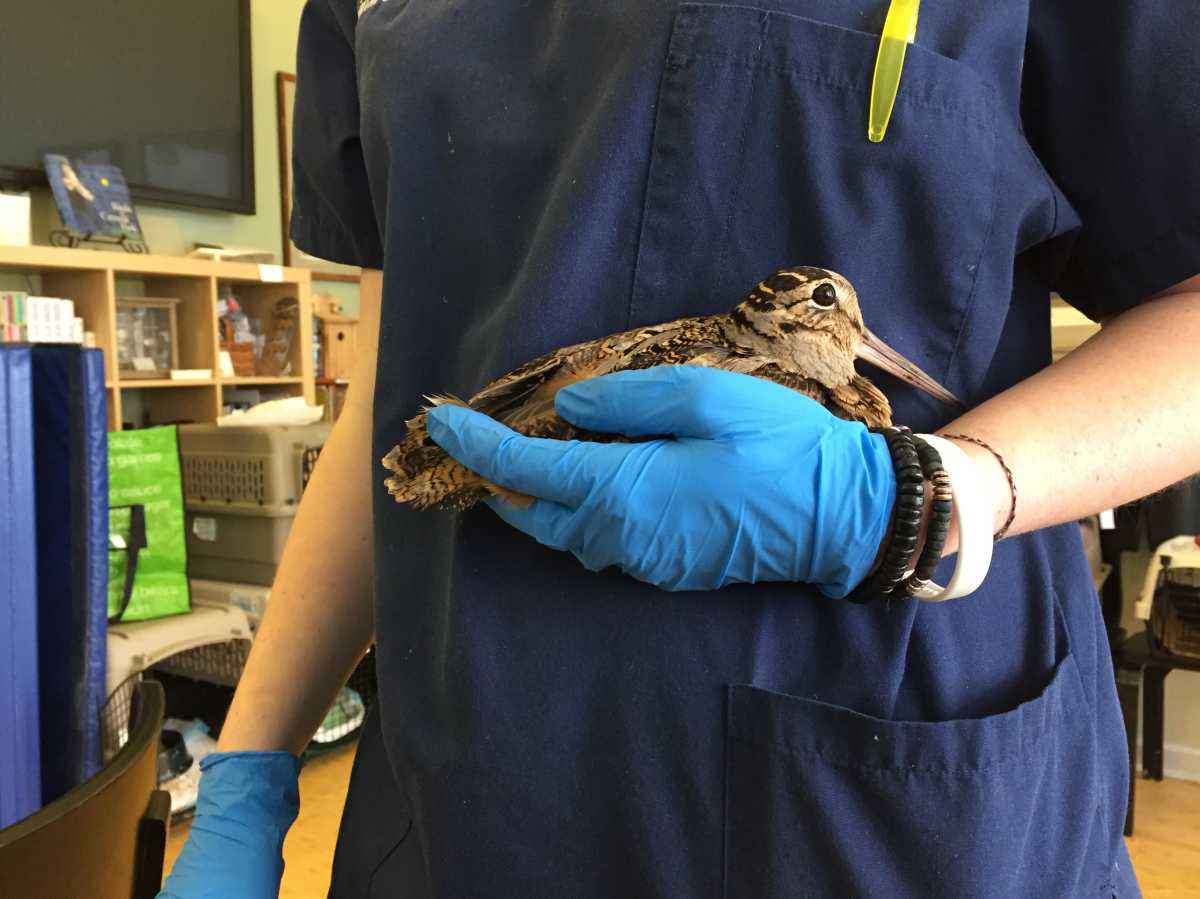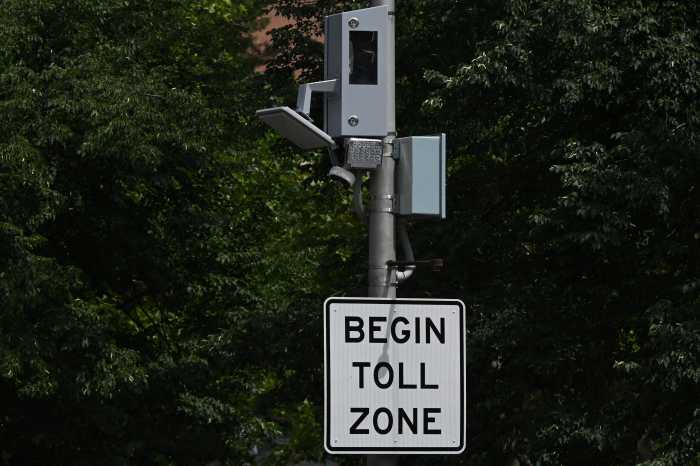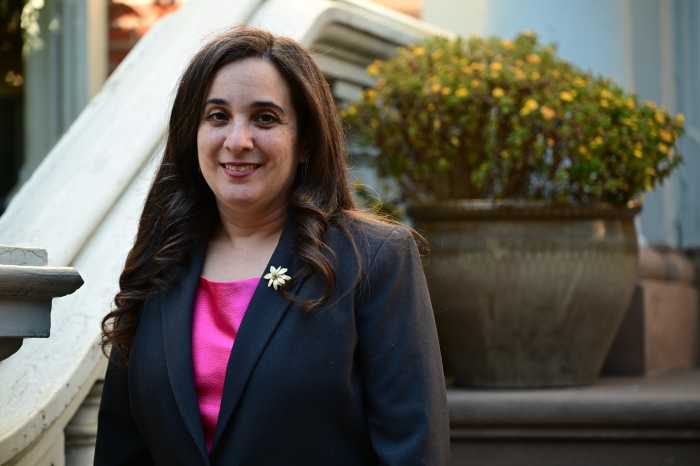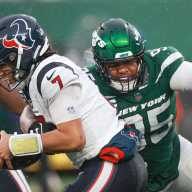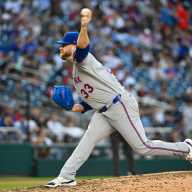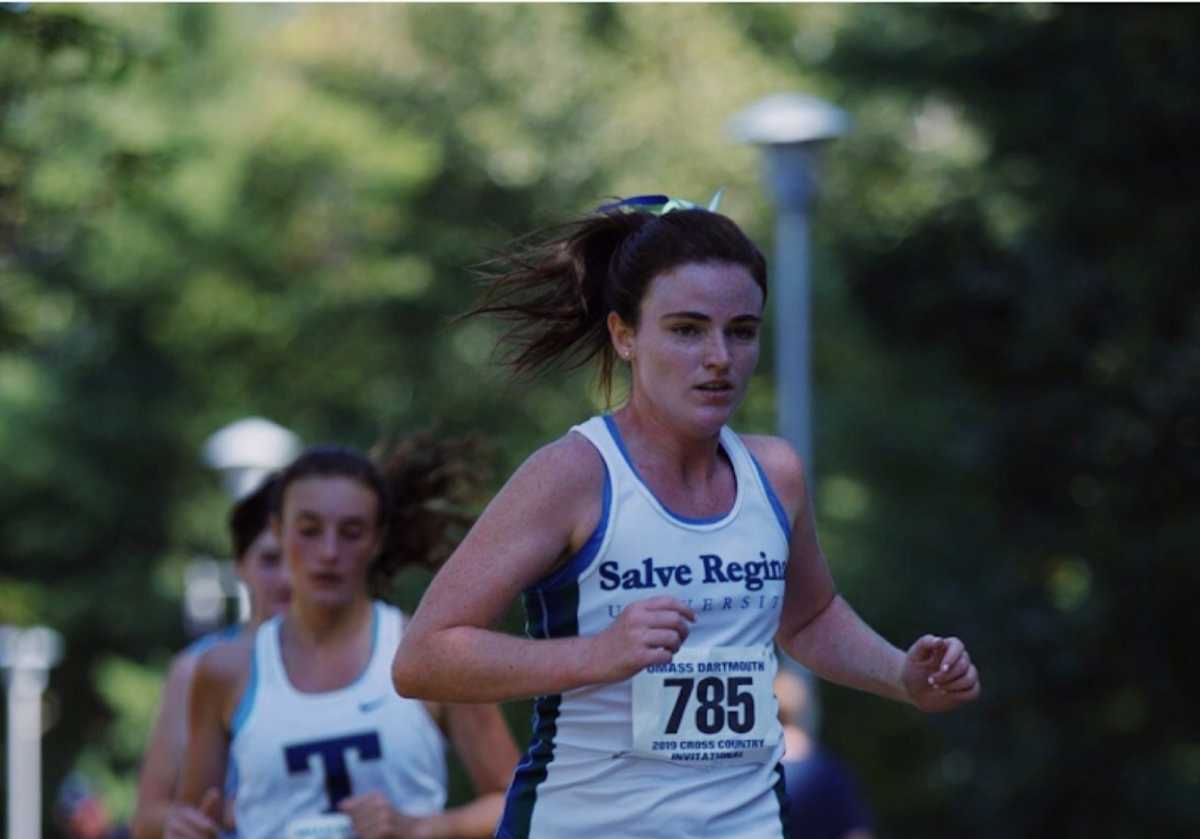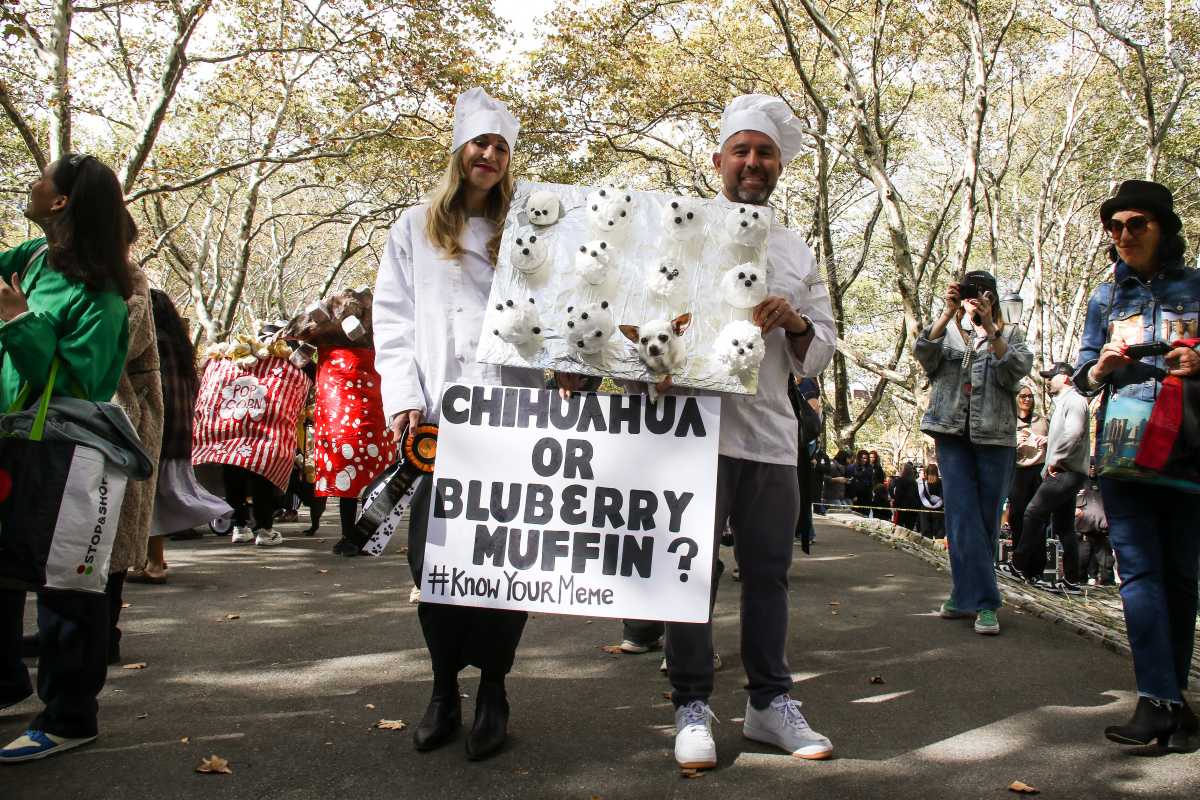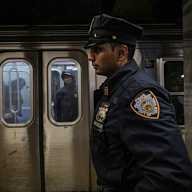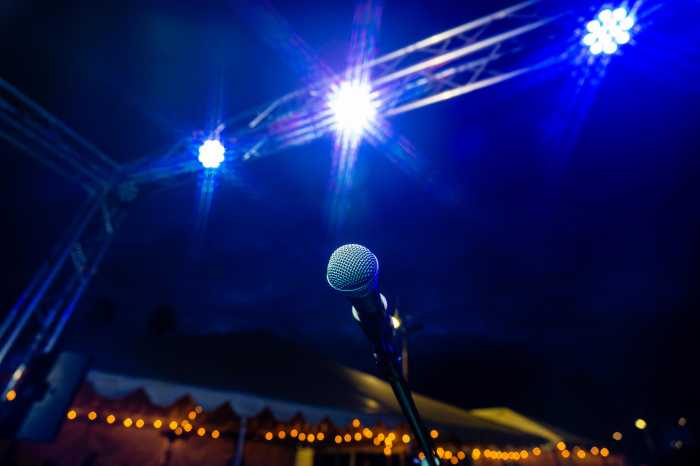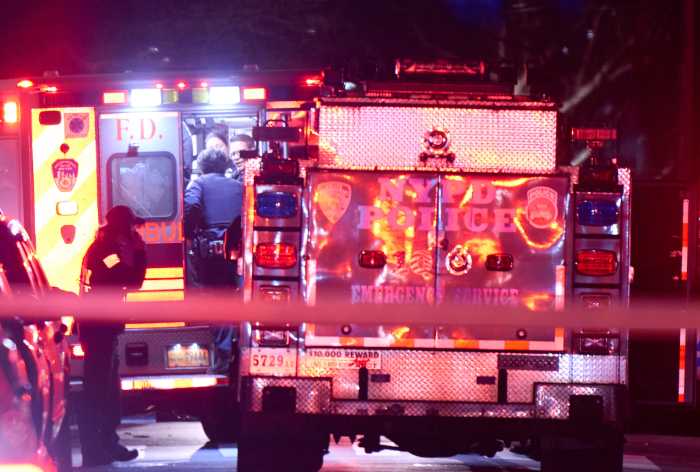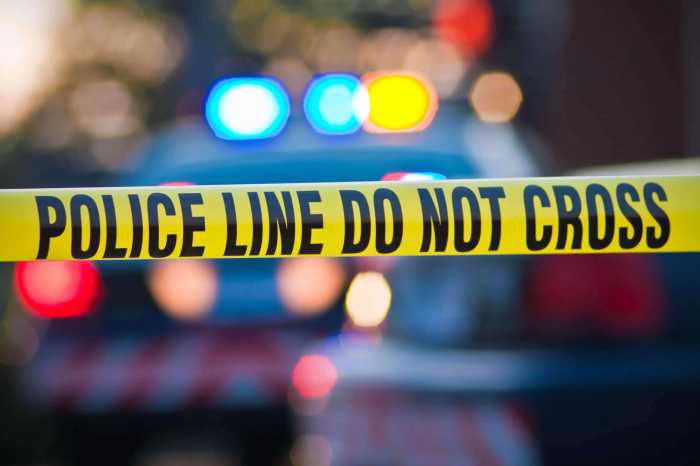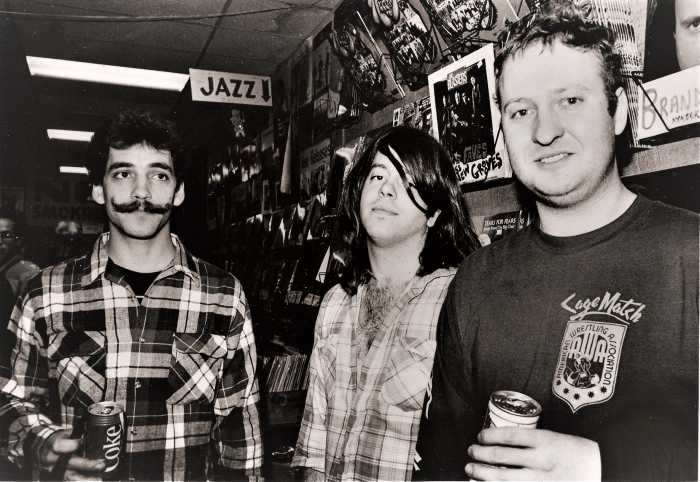So many New Yorkers have seen this: A bird hits a window, gets up, shakes it off and flies away.
Or, if the bird stays down for too long, a kind-hearted New Yorker might take it to a vet or rehab center.
Most humans will think the little sparrow or warbler survived. However, a new study shows that this is too often not the case.
A study by the local conservation group NYC Bird Alliance and Fordham University, which appeared in the science journal PLOS ONE on Wednesday, revealed that only 40% of birds that collided with windows survived after being taken to wildlife rehab centers in New York City and throughout the country.
Knowing this figure, the study suggests that previous estimates of deaths from collisions far underestimated the actual number. The estimate is now more than one billion across the country. Of that massive figure, approximately 90,000 to 230,000 bird deaths occurred in the Big Apple alone.
So, the death toll far exceeds the number of birds who die at the scene of a collision with a building or house. After the painful incident, a bird can later succumb to neurological damage such as paralysis and skull fractures, leg fractures, or spine and neck injuries.
Or all of the above.
“Even under the best care conditions provided by wildlife rehabilitators, 60% of collision victims ultimately died from their injuries,” lead author Ar Kornreich of Fordham University said. “This indicates that birds who appear stunned or fly away after a collision are far more likely to die than previously thought.”
And, of course, if the bird does not get any care at all, he or she is likely to die even sooner after the crash occurs.
Which bird species are most at risk in NYC?
Smaller birds are less likely to survive crashes in NYC. The NYC Bird Alliance’s Project Safe Flight Collision Monitoring Program, which watches birds, shows that smaller winged critters such as warblers and sparrows tend to be the most common bird collision victims.
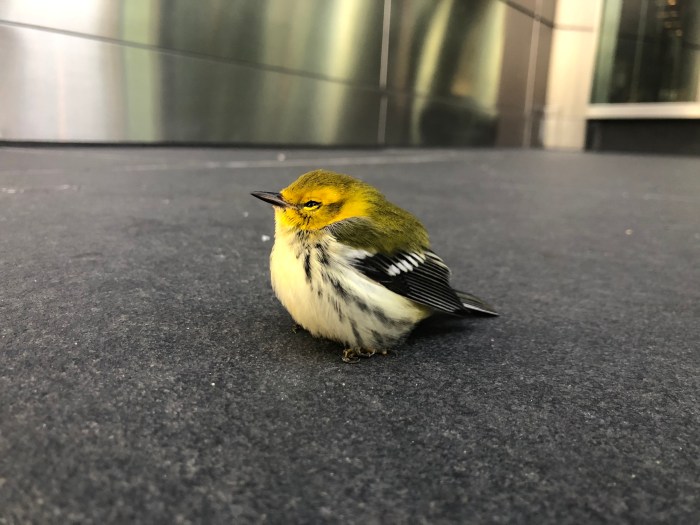
In fact, NYC Bird Alliance volunteers said they find the white-throated sparrow, common yellowthroat, ovenbird, dark-eyed junco and hermit thrush to be among the common collision species.
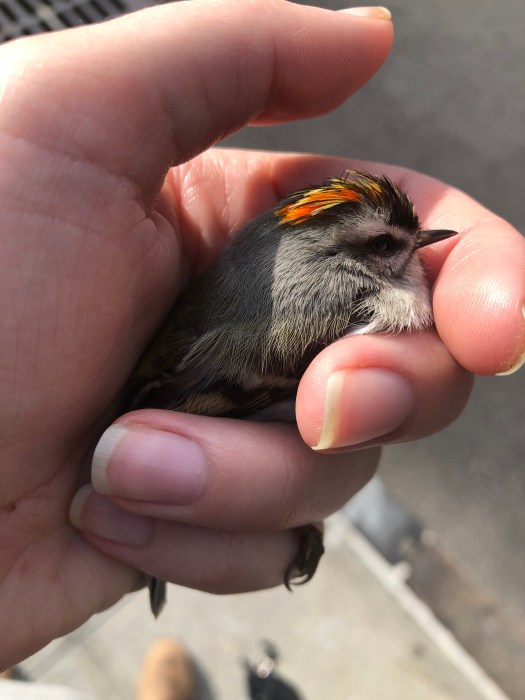
Why do so many birds hit buildings?
Birds generally cannot see or recognize glass. They might see a beautiful rose bush, a field of trees, or sprawling lawns of grass reflected in a window and head right toward it, thinking it is an actual place to sleep, eat or even play.
“Birds generally cannot see or recognize glass. When they see vegetation or the sky reflected in windows, they perceive it as habitat and do not know there’s a barrier in the way that they cannot fly through,” study senior author Kaitlyn Parkins of American Bird Conservancy, another collaborator along with Stony Brook University, said.
Before this week’s research came out, conservationists estimated that between 365 million and 988 million birds died annually from striking buildings in the United States. By factoring in the high mortality rate of birds that initially survive collision but later die from their injuries, the study pushes the estimated death toll well beyond the one billion mark.
“Bird populations across the globe are in steep decline, in large part due to collisions with buildings,” study co-author Dustin Partridge, PhD, of NYC Bird Alliance (formerly NYC Audubon), said. “Unfortunately, our work shows population-level declines are not something we can fix with rehabilitation. If we don’t address artificial light and glass, we’ll continue to lose over a billion birds in the U.S. annually—a toll our ecosystems can’t sustain.”
Partridge added that collisions occur during the day and at night. Birds collide with buildings at night due to artificial light attracting and disorienting them and during the day because of reflection or clear lines of sight.
Glass and artificial light at night combined present a major threat to birds. Light can drive collisions with some buildings but it also attracts large numbers of birds to urban or suburban areas, where they are brought in close proximity to glass and then collide during the day when they’re looking for food or a place to rest.
“In New York City, NYC Bird Alliance has found that most collisions occur in the early morning hours during migration, when birds have landed from their nocturnal flights and are moving near ground level to find food or locations to rest,” the scientists said. “However, at some buildings, such as McCormick Place in Chicago, which is brightly lit and on the water, nocturnal collisions due to artificial light at night are the major driver of collisions.”
What can New Yorkers do to help their feathered friends?
Experts from this week’s study say this new information highlights the “urgent need” for bird-safe glass retrofits and artificial light reduction measures — two key protections that could save nature’s feathered friends.
Surprisingly, most collisions happen at homes and low-rise buildings, not skyscrapers.
The good news is there are many ways people can help. One option is a window screen installed on the exterior, as is anything that can make the window appear visible to birds.
The NYC Bird Alliance recommends small decals that can be spaced out on the window, such as these from Feather Friendly and Bird Divert.
Read more: Garment District Businesses Demand Action on Drug Crisis



